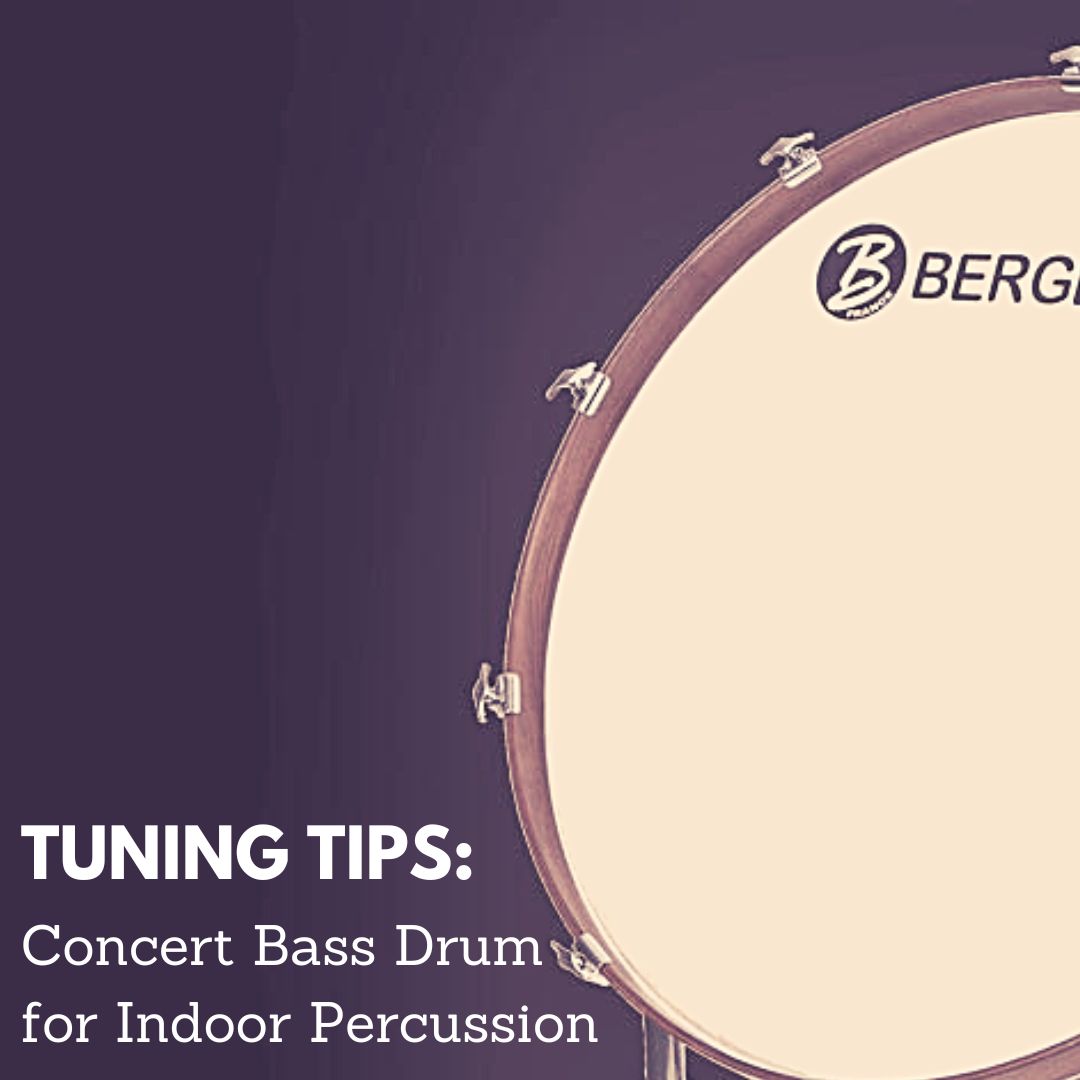A Guide to Suspended Cymbals in Marching Band
There are a ton of options in the market now when you are looking for suspended cymbals to enhance the sound of your front ensemble. We thought we would take some time to give you some of our top recommendations if you are looking to upgrade your sound this fall.
Things to Consider when Purchasing
When considering what option may be best for your ensemble, it is important to think about the following:
- What is the size of your ensemble? Consider both your percussion and wind players.
- Are you looking for year-round use or just for marching band? If you do indoor percussion you may want to have different options available.
- How many people do you see playing suspended cymbal rolls at a time? This relates to question 1 about the size of your ensemble.
What Size of Cymbal Should I Use?
While there are many great options from 16” – 20” for suspended cymbals, for our recommendations below we are using 18” cymbals. We would suggest that you consider using different sizes across your front ensemble if possible. But if you are looking for a more unified sound from all performers the 18” cymbals tend to sit in middle of the sound profile.
Our Top Recommendations
Zildjian 18” Classic Orchestral Suspended Cymbal
The Zildjian Classic Orchestral Suspended Cymbal is arguably one of the most popular options for the marching band idiom. This cymbal has a full-bodied sound with shimmering crescendo rolls and bright crashes. This works so well outdoors as it sounds great at all dynamic ranges and is an excellent blend of both low and high overtones.
https://www.chopspercussion.com/product?item=ZCLSU
Meinl 18” Symphonic Suspended Cymbal
Made from B20 Bronze this suspended cymbal from Meinl is one of the best options on the market for suspended cymbals. The hand-hammering construction of this cymbal with medium-thin weight gives it a very musical and warm sound. The shallow and flat profile give means this cymbal has immediate and sensitive response with a long sustain. Whie this may not be the most well-known cymbal option in the marching band space, we highly recommended doing the research on this cymbal!
https://www.chopspercussion.com/product?item=MESUS
Sabian 18” HHX Suspended Cymbal
Sabian has many great offerings in the suspended cymbal category and the HHX Suspended Cymbal is one of the best for outdoor marching band use. This highly sensitive cymbal has a dark and wide tonal range. The thin construction of this
https://www.chopspercussion.com/product?item=HHXSU
Sabian 18” AA Molto Suspended Cymbal
The AA Molto cymbal from Sabian is excellent all-around cymbal for marching band use. It has a very smooth sound profile with bright and shimmering tones. Because of the higher timbre of this cymbal makes it an excellent option as a standalone cymbal across your ensemble or as an additional color pallete.
https://www.chopspercussion.com/product?item=AAMOL
Zildjian 18” K Constantinople Suspended Cymbal
The K Constantinople Suspended Cymbal from Zildjian is likely one of the top cymbals uses by orchestras and top performing groups around the world. Although this is a great cymbal option for marching band, we believe this would be a great option as a complimentary cymbal rather than one that is used by all members. The lush, dark cymbal sound will enhance any ensemble sound. The darker tones can get lost outside, which is why we would recommend using these more as a complimentary offering in your ensemble.
https://www.chopspercussion.com/product?item=ZCOSU
Honorable Mention (Budget Friendly) – Sabian 18” XSR Suspended Cymbal
If your budget is a concern, we think the Sabian XSR is an excellent option for a suspended cymbal. Made of B20 alloy like other suspended cymbals, the is a value of sound and price. Bright and mid timbre with thin construction give it overtones that will work nicely with most programs.
Of course, there are many other sizes and options out there for suspended cymbals. The truth is that they each have different characteristics that you may or may not fit the sound you are trying to make for your ensemble. You can find all this information and more on by visiting the different manufacturers websites and social media channels. We plan to do a comparison video soon to help highlight some of these differences as well.
If you have any other questions or need further recommendations please contact us at 317-813-2070 or chops@chopspercussion.com















